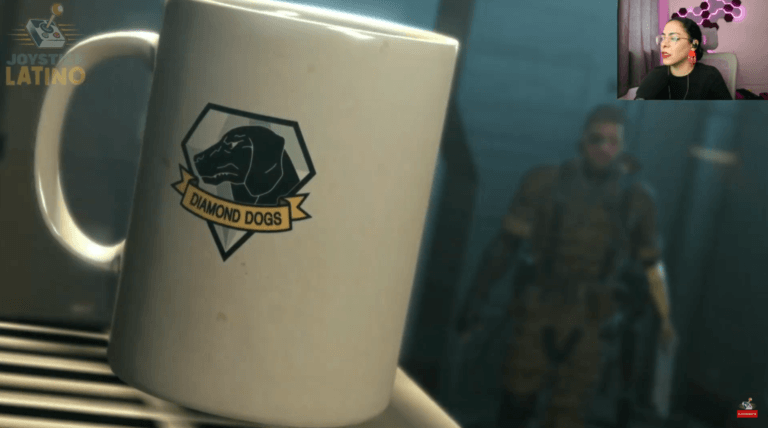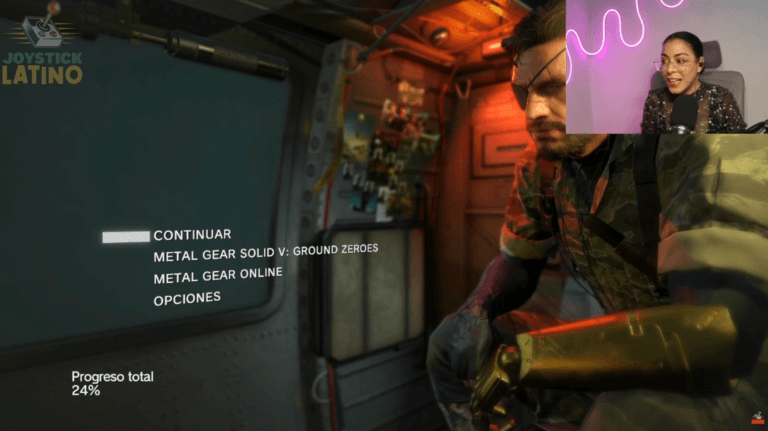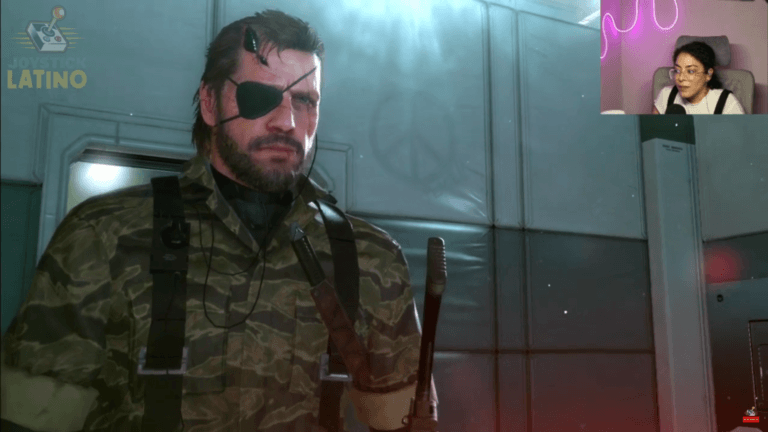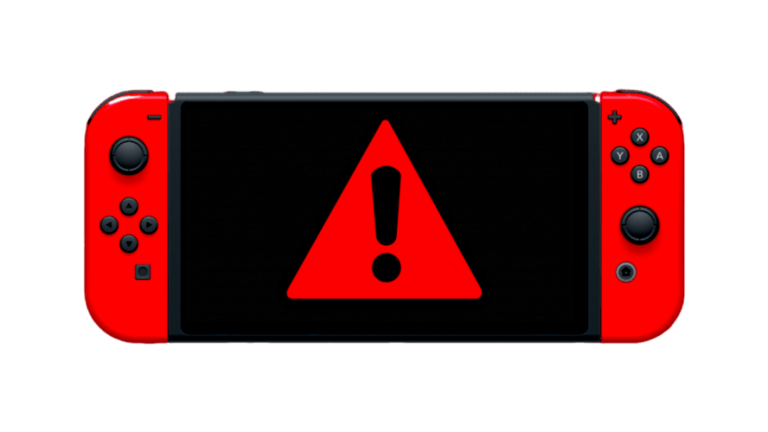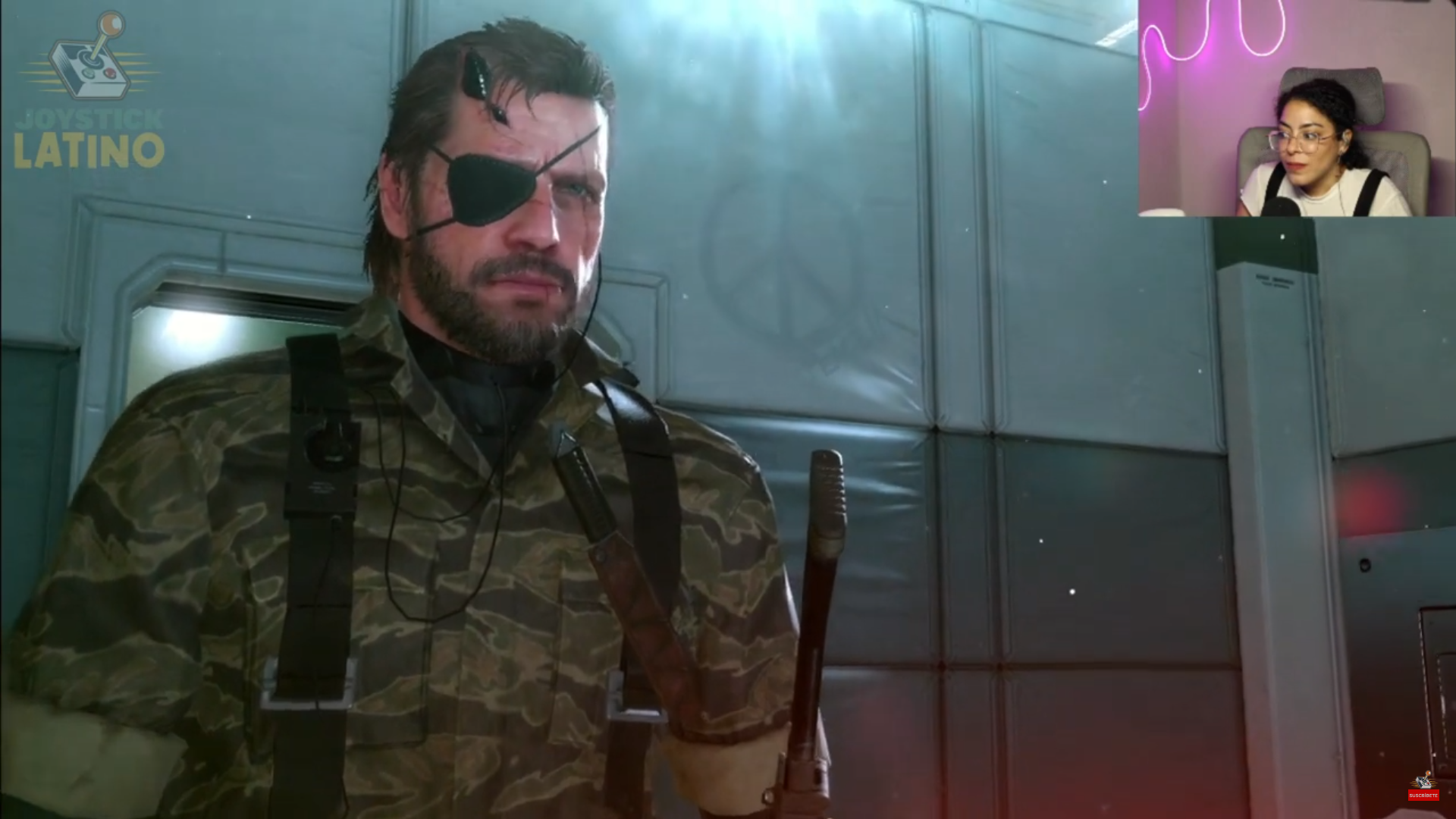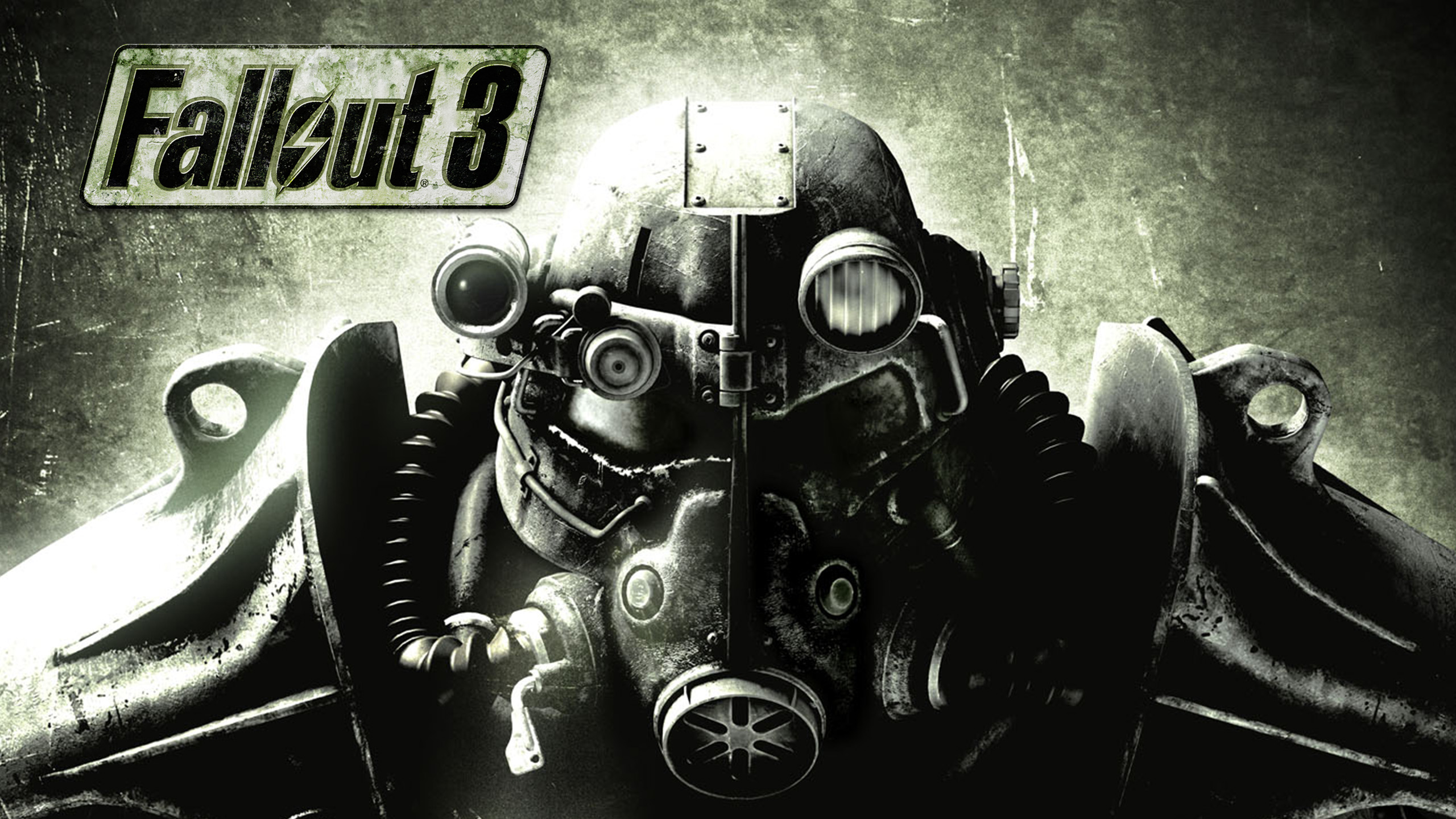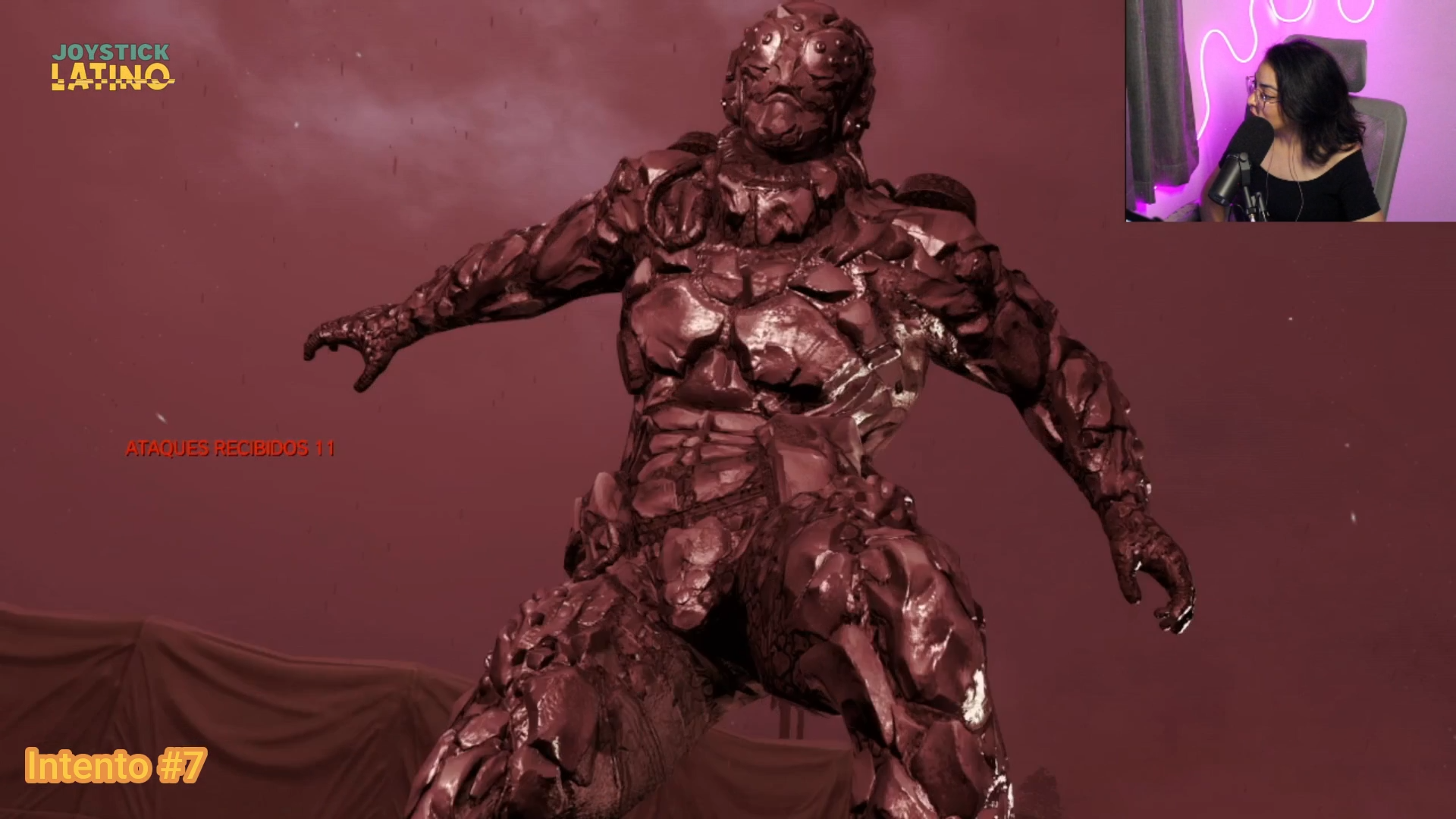On the eve of the release of its sequel, today we are going to review one of the most impressively crafted games that touches on very interesting psychological themes, immersing the player in a unique experience.
Hellblade: Senua’s Sacrifice
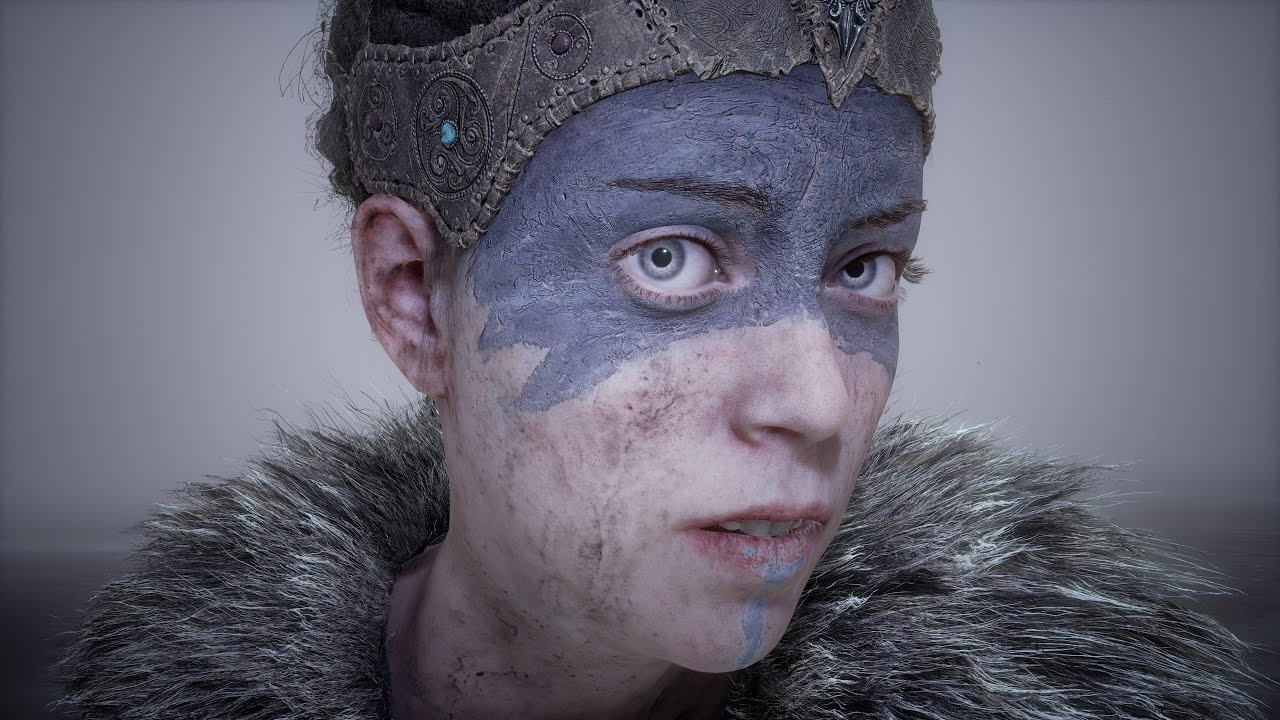 It is an exciting and moving game that deals with deep themes such as trauma, psychosis, and Celtic mythology. It is a third-person action-adventure game created by Ninja Theory. The game takes us inside the turbulent mind of Senua, an 8th-century Pict warrior who embarks on a terrifying journey to the Nordic underworld to recover the soul of her beloved after his untimely death.
It is an exciting and moving game that deals with deep themes such as trauma, psychosis, and Celtic mythology. It is a third-person action-adventure game created by Ninja Theory. The game takes us inside the turbulent mind of Senua, an 8th-century Pict warrior who embarks on a terrifying journey to the Nordic underworld to recover the soul of her beloved after his untimely death.
It stands out for its honest portrayal of mental illnesses, even making you feel firsthand what it’s like to suffer from a mental illness. The game allows us to experience the voices and visions that plague our protagonist’s mind as a result of her illness.
Hellblade offers a slower, story-driven gameplay style that challenges the standards of more recent action games. This title immerses you completely with its combat system and intricate puzzles that test our observation and deduction skills.
Setting
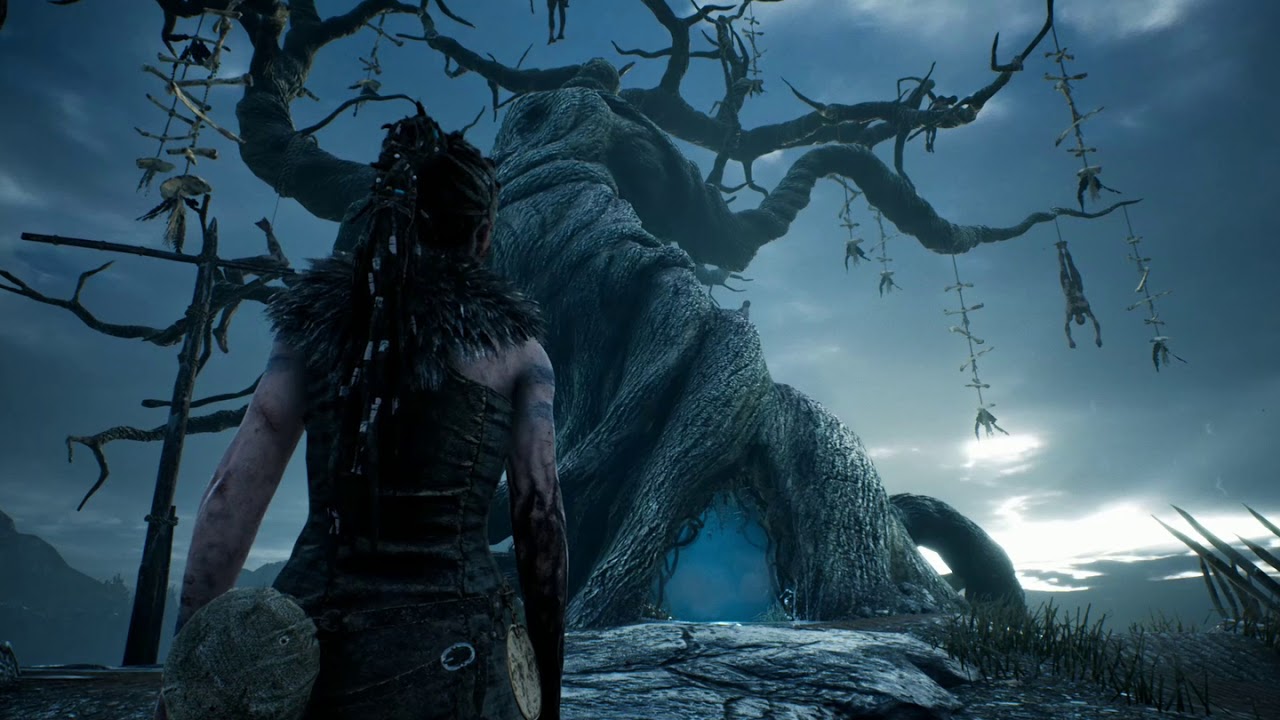 This game is set in an incredibly intriguing atmosphere that takes us to a chaotic and raw universe where reality and fantasy blend from the beginning. Even in the prologue, it is clear that Senua is not well, and it seems she is accompanied by several people on this journey.
This game is set in an incredibly intriguing atmosphere that takes us to a chaotic and raw universe where reality and fantasy blend from the beginning. Even in the prologue, it is clear that Senua is not well, and it seems she is accompanied by several people on this journey.
Senua travels through environments where gray and industrial colors predominate, but there is also some beauty in its forests and landscapes. Her thoughts mix parts of a Celtic underworld with somber landscapes of the Nordic region.
Graphically speaking, it surprises us how meticulously detailed every area of the game is.
The spectral shadows, misty particles, and finally the 3D models of Senua and her adversaries are incredibly detailed, with textures that seem carved rather than digital. The graphics are so convincing that, combined with the sound aspect, they make you feel the anguish Senua is experiencing.
But where it stands out and shows the studio’s investment is in sound design.
The “voices” Senua hears are more than creepy laughs in the background; there are whispers that follow us and move in different directions. It is especially recommended to play this title with headphones.
Everything you hear feels loaded with a heavy and immobilizing aura.
But not only do the voices feel otherworldly, but even the crunching of bones breaking and the sound of footsteps in the mud feel almost like we are accompanying her on her adventure.
On the music side, there are orchestral pieces that accompany you, giving you various sensations. From absolute tension that makes you move quickly to small spaces of calm where you can think for a moment and solve the puzzles that are entirely visual. Definitely, the sound aspect is an unprecedented feat.
Narrative
 The narrative of Hellblade: Senua’s Sacrifice is an experience that takes us through Senua’s eyes, in a raw depiction of mental trauma, with multiple personalities taking center stage at any moment, voices that do more than just say simple words.
The narrative of Hellblade: Senua’s Sacrifice is an experience that takes us through Senua’s eyes, in a raw depiction of mental trauma, with multiple personalities taking center stage at any moment, voices that do more than just say simple words.
Many discourage and are negative, making Senua distrustful and doubtful. Occasionally, there is one that reaffirms her decision to search for her beloved, and it is also important to clarify that her beloved’s skull is tied to her waist. This raises many questions, but the game gradually answers most of them.
The plot is powerfully anchored in Senua’s attempt to recover the spirit of her deceased beloved, and as we progress, we encounter gods and monsters, executioners, and all kinds of abominations that come to life unexpectedly. The enemies feel very imposing, and the game screen, plus the sound, make us feel the urgency to defeat them quickly.
In the end, Hellblade weaves a story of inner power, healing, and self-discovery. It is an inspiring story that challenges the stigmas associated with mental health, and it is also heartbreaking and raw, unafraid to show the darkest visions that hide in Senua’s head.
Even though it deals with mental health, it never directly mentions it; instead, it always speaks of a demonic entity or a curse that causes her to have these visions.
Gameplay
 It is a linear action-packed game with small exploration windows that allow us to find a bit more story narrated by a storyteller, although we must position ourselves in the exact spots and play with the camera to trigger it.
It is a linear action-packed game with small exploration windows that allow us to find a bit more story narrated by a storyteller, although we must position ourselves in the exact spots and play with the camera to trigger it.
Strategy is its fundamental component; we cannot advance without first fighting the battle at hand. The controls are easy to master to perform combos, with light and heavy attacks. But are rarely we allowed to fight our way through; instead, we must examine enemy patterns, look for gaps, and make parries to try to break through the enemies’ barriers.
Environmental puzzles are naturally incorporated into the landscape and test our ability to observe and draw conclusions. It truly feels like completing a puzzle, and perspective plays a significant role in the environment.
But Hellblade’s emphasis on immersion is what really makes the game stand out. The regular “focus points,” both audible and visual, direct our attention to important environmental elements. The eerie atmosphere created by Senua’s whispers and visions never lets us feel at ease, often tormenting us and occasionally guiding us. Additionally, a “healing” system using concentration forces us to always be in the now.
Negative Points
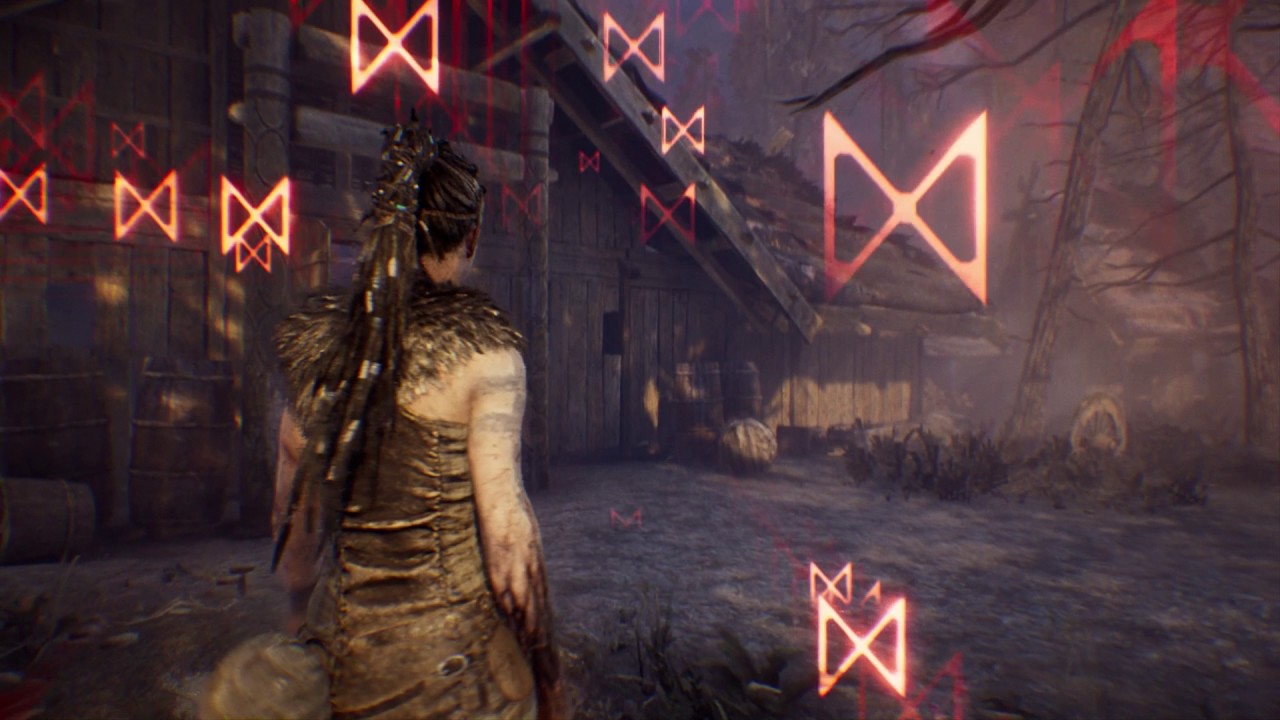 Although Hellblade: Senua’s Sacrifice receives many positive comments, there are several drawbacks that affect the gameplay. It is no secret that the duration of the main campaign feels quite short. Even if we become the most contemplative beings and treat the game as a museum, the experience can last less than 8 hours; at least that’s the average, but it took me only 6 hours to finish it. Perhaps the story could have been expanded, but the absence of additional content and the lack of interest in adding more left the game as it is—a one-time experience, or twice if we are daring, because the game can be completed in one go if we are attentive.
Although Hellblade: Senua’s Sacrifice receives many positive comments, there are several drawbacks that affect the gameplay. It is no secret that the duration of the main campaign feels quite short. Even if we become the most contemplative beings and treat the game as a museum, the experience can last less than 8 hours; at least that’s the average, but it took me only 6 hours to finish it. Perhaps the story could have been expanded, but the absence of additional content and the lack of interest in adding more left the game as it is—a one-time experience, or twice if we are daring, because the game can be completed in one go if we are attentive.
Another thing to consider is how the game’s puzzles and fights become less varied as it progresses. The mechanics are initially novel and challenging, but as the game progresses, they become monotonous. Enemies often exhibit recognizable patterns, and environmental challenges can become less entertaining and easier to complete.
The combat controls are by far the worst aspect of this title. While the precision-based combat system is dynamic and action-packed at the start, it soon becomes a chore to keep advancing, and there are times when the camera falls behind the action, especially in small areas, which can be frustrating.
Positive Points
Hellblade: Senua’s Sacrifice is a truly fresh and moving gaming experience worth trying despite some drawbacks. I can recommend it, and it is definitely an experience everyone should live at least once.
It is not the greatest revolution in video games, but it absolutely offers a way to view mental illnesses, back when people didn’t know what mental illnesses were, all from a mystical point of view, with gods and beliefs that gave a much more epic explanation to everything that happened in Senua’s head.

Greetings, digital legends! I’m Gabriel Gutiérrez, the backstage accomplice at Joystick Latino. A licensed musician with a photographer’s eye, I’ve been venturing into the gaming world from my Atari 2600 since the age of 6. I’m addicted to anime, a fan of the irreverent humor of ‘South Park’ and ‘Rick and Morty,’ and a fearless explorer of cinematic horror.

